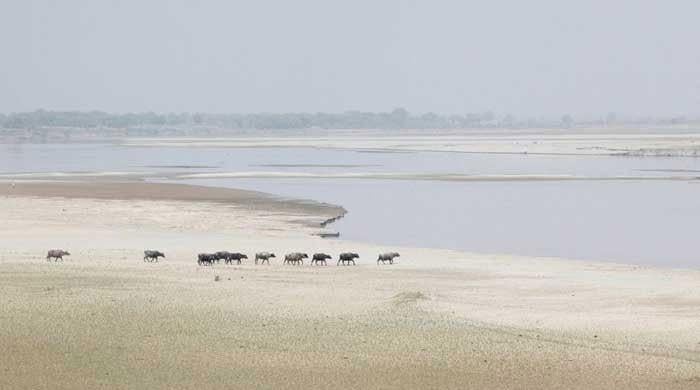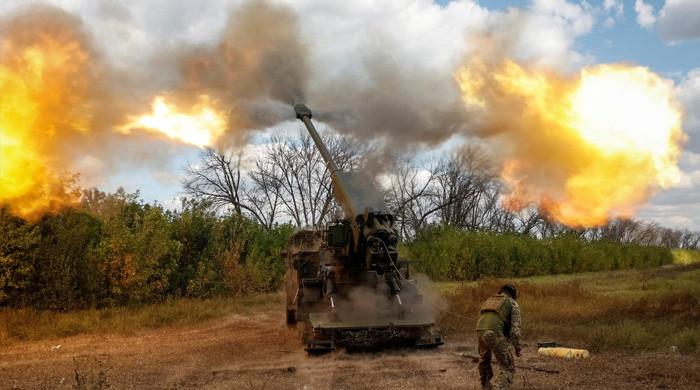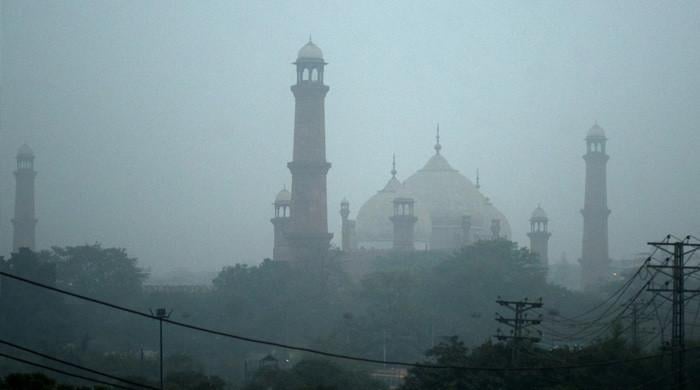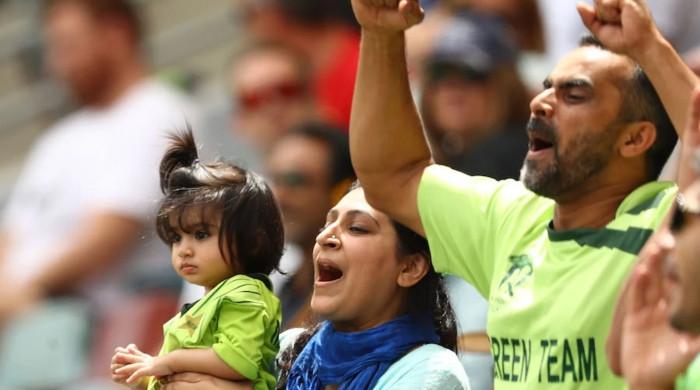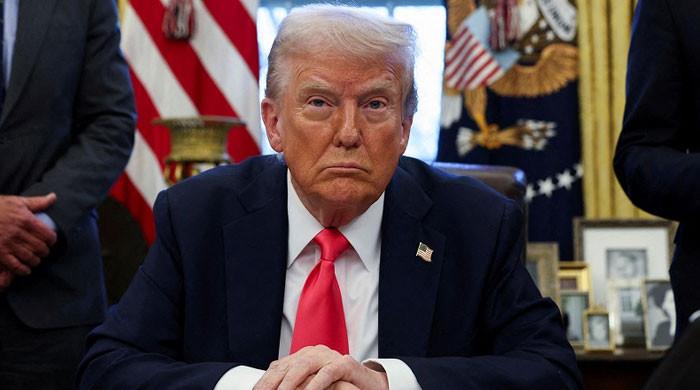Progress, identity and confusion
Clearly, we are not satisfied with our own identity; with the rich heritage transferred down to us from a past which brought together so many different traditions
October 26, 2017
What is there to say about a nation which is so confused about its identity that it imports palm trees costing thousands of rupees for each grown plant, mows down indigenous species which have taken years to attain their magnitude, and replaces them with the objects we assume are intended to make Lahore look more like Dubai or perhaps another Middle Eastern nation.
The practice coincides with the peculiar effort to alter the language we use in daily lives, interspersing it with words we appear to believe emulate those used by native Arabs and presumably make us better Muslims in some sense. The trend can be seen everywhere, with unfamiliar new terms replacing those we have known for centuries – as we make a desperate effort to carve out a new identity for ourselves.
Clearly, we are not satisfied with our own identity; with the rich heritage transferred down to us from a past which brought together so many different traditions. Many of these are treasured globally. For some reason, we choose to reject them. What we are is not good enough for us. For whatever reasons, we see a need to transform ourselves into Arabs or in some cases Westerners, or something else which is not native to our soil. The result is a terrible cacophony of culture and a sense of genuine identity or deep roots being pulled away by a strange external force, initially ushered in perhaps when an active effort was made in the early 1980s to ‘Islamise’ a country that already consisted almost entirely of Muslims.
Perhaps the problem dates back further, to Partition and its terrible aftermath. A list of national holidays from 1952 shows an acceptance of the identities and the culture we had inherited. Alongside ‘Id-ul-Fitr’, the holidays include New Years Day, Basant, Holi, Easter, Dusehra, Christmas and a variety of other events from across religions and traditions. Interestingly, Quaid-e-Azam’s birthday is shown as falling on 26th December. We wonder when it changed to Christmas Day.
But far more significant is the fact that these occasions have vanished from our calendar and at best a holiday to observe them is only granted to minority groups. The sense of common sharing and celebration has vanished. Older residents of Lahore still recall the time when the lights of Diwali lined the streets and were contributed to by all, regardless of their faith; when a Christmas party was annually held at the Governor’s House in Lahore for children of all communities; and when there was less sense of cosmetic piety and a greater feeling of togetherness as a nation whose identity was not strictly based around any single factor.
Much of that vanished over the decades that would follow. Traumatic events such as the civil war of 1971 contributed to this with the breaking away of one half of the territory that then constituted Pakistan. There were other incidents including the deliberate effort to impose a Muslim identity on the State under General Ziaul Haq. But questions of identity are not restricted to matters of ethnicity, religion, or other factors. There is much greater and deeper confusion.
One facet of this has shown up during the 2017 census when it was bizarrely found in Lahore that no resident of the rows of posh houses that lined the Defence Housing Authority listed Punjabi as their mother tongue, except for servants who lived in smaller quarters located inside the boundary walls of the homes or inhabitants of ‘kachi abadis’ in the greater DHA area. One resident who attempted to put down Punjabi as his mother tongue met with ardent resistance from the census staff, who insisted that he must be mistaken and that Urdu would be the mother tongue for him and his wife. He strongly denied this and insisted on the column marked Punjabi being ticked. This is despite the fact that, according to the findings of the latest census, Urdu is the mother tongue of only 7.5 percent of the people of Pakistan while for 45 percent, Punjabi is the mother tongue.
The peculiar discrimination towards the majority language of the country again exhibits a curious battle with identity and the forcible imposition of certain stereotypes which override common sense and the attributes that make up communities.
Because during colonial times, and also in the period that followed, a deliberate effort was made to impose Urdu over Punjabi, the language struggled to retain its status as an ancient tongue with an extraordinary rich heritage of verse, of prose and of plays written in it. Sadly, even today too many people, notably in urban areas, deny that Punjabi is their mother tongue. Still more sadly, they say their children do not speak it. In the minds of many citizens, it is a tongue that has become relegated to the lower classes or to the uneducated.
The strange dichotomy of language and its division along the lines of class is almost unique. The Sikh community in India for example proudly owns Punjabi as its language – and it is today one of the largest languages in countries such as Canada, where immigration from the Subcontinent has taken place on a major scale. The language is also recognised in British and Canadian schools as a language which is taught to children in communities within which it is a first language. In Pakistan, across Punjab, government schools decline to offer primary education in the native tongue that most of the children who attend these schools speak.
This curious tussle with identity and rejection of language as a basic component of what constitutes it goes further. Oddly, we have abandoned words used for generations to address parents, relatives or friends and replaced them with Anglicised versions of what we perhaps believe the West may be using. The results are peculiar. We are bringing up a generation stuck somewhere in a no man’s land, in the middle of two worlds or maybe three, if we count in the Arab influence, with no specific identity they can turn to as an anchor.
The failure to promote classical music, dance, poetry, and folk culture has added to this. Generations growing up now have almost no exposure at all to the rhythms to which their part of the world has marched along for centuries. It is true, of course, that globalisation and progress brings with it many positive aspects. But it also brings negative ones.
Holding on to an identity which is distinct is, after all, essential to the idea of nationhood; accepting that people of varying faiths, languages and ethnic groups live within the nation is also essential. Identity can be built around this idea of difference. Despite the hundreds of languages spoken across India and the many ethnic groups that live within that country, the sense of ‘Indian-ness’ has somehow emerged stronger than any notion that we hold.
We need to reclaim our culture and shake away the little strands from the Arab world, the fronds that drape from the shade-less palm trees, the curious adoption of terms used in the West instead of local words for the same concepts and accept that Punjabi and our other regional languages do indeed exist as a means to move forward. Doing so will help us develop greater solidity and do away with some of the confusion which hangs over us like a mysterious mist.
The writer is a freelance columnist and former newspaper editor.
Email: [email protected]
Originally published in The News




